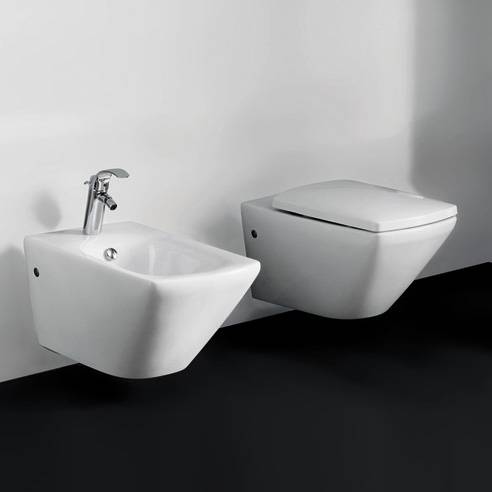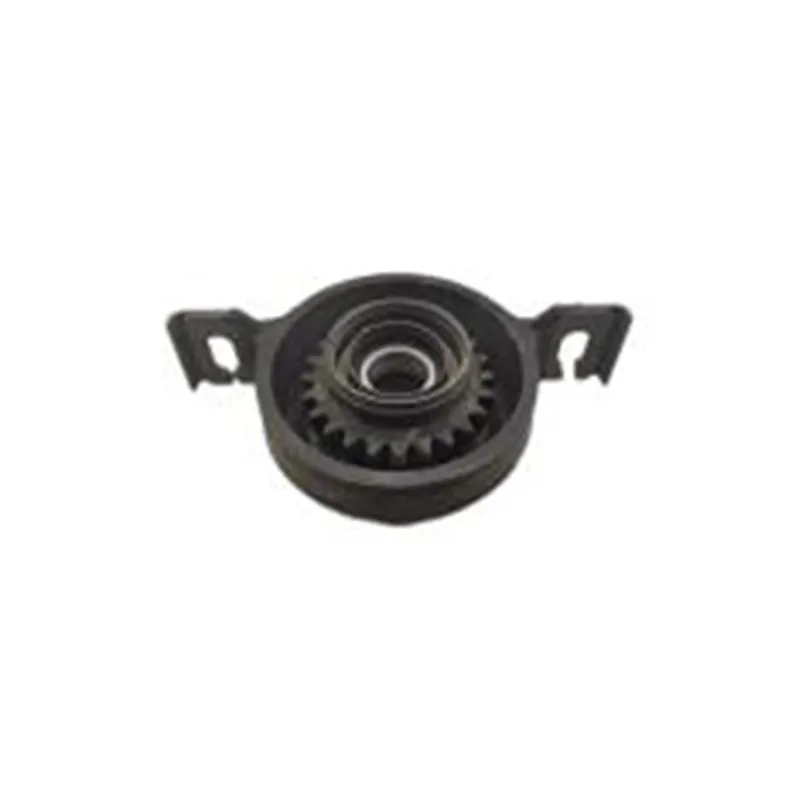
-
 Afrikaans
Afrikaans -
 Albanian
Albanian -
 Amharic
Amharic -
 Arabic
Arabic -
 Armenian
Armenian -
 Azerbaijani
Azerbaijani -
 Basque
Basque -
 Belarusian
Belarusian -
 Bengali
Bengali -
 Bosnian
Bosnian -
 Bulgarian
Bulgarian -
 Catalan
Catalan -
 Cebuano
Cebuano -
 Corsican
Corsican -
 Croatian
Croatian -
 Czech
Czech -
 Danish
Danish -
 Dutch
Dutch -
 English
English -
 Esperanto
Esperanto -
 Estonian
Estonian -
 Finnish
Finnish -
 French
French -
 Frisian
Frisian -
 Galician
Galician -
 Georgian
Georgian -
 German
German -
 Greek
Greek -
 Gujarati
Gujarati -
 Haitian Creole
Haitian Creole -
 hausa
hausa -
 hawaiian
hawaiian -
 Hebrew
Hebrew -
 Hindi
Hindi -
 Miao
Miao -
 Hungarian
Hungarian -
 Icelandic
Icelandic -
 igbo
igbo -
 Indonesian
Indonesian -
 irish
irish -
 Italian
Italian -
 Japanese
Japanese -
 Javanese
Javanese -
 Kannada
Kannada -
 kazakh
kazakh -
 Khmer
Khmer -
 Rwandese
Rwandese -
 Korean
Korean -
 Kurdish
Kurdish -
 Kyrgyz
Kyrgyz -
 Lao
Lao -
 Latin
Latin -
 Latvian
Latvian -
 Lithuanian
Lithuanian -
 Luxembourgish
Luxembourgish -
 Macedonian
Macedonian -
 Malgashi
Malgashi -
 Malay
Malay -
 Malayalam
Malayalam -
 Maltese
Maltese -
 Maori
Maori -
 Marathi
Marathi -
 Mongolian
Mongolian -
 Myanmar
Myanmar -
 Nepali
Nepali -
 Norwegian
Norwegian -
 Norwegian
Norwegian -
 Occitan
Occitan -
 Pashto
Pashto -
 Persian
Persian -
 Polish
Polish -
 Portuguese
Portuguese -
 Punjabi
Punjabi -
 Romanian
Romanian -
 Russian
Russian -
 Samoan
Samoan -
 Scottish Gaelic
Scottish Gaelic -
 Serbian
Serbian -
 Sesotho
Sesotho -
 Shona
Shona -
 Sindhi
Sindhi -
 Sinhala
Sinhala -
 Slovak
Slovak -
 Slovenian
Slovenian -
 Somali
Somali -
 Spanish
Spanish -
 Sundanese
Sundanese -
 Swahili
Swahili -
 Swedish
Swedish -
 Tagalog
Tagalog -
 Tajik
Tajik -
 Tamil
Tamil -
 Tatar
Tatar -
 Telugu
Telugu -
 Thai
Thai -
 Turkish
Turkish -
 Turkmen
Turkmen -
 Ukrainian
Ukrainian -
 Urdu
Urdu -
 Uighur
Uighur -
 Uzbek
Uzbek -
 Vietnamese
Vietnamese -
 Welsh
Welsh -
 Bantu
Bantu -
 Yiddish
Yiddish -
 Yoruba
Yoruba -
 Zulu
Zulu
carbon fiber control arms
The Advantages of Carbon Fiber Control Arms in Automotive Engineering
In the realm of automotive engineering, the materials used in vehicle components significantly influence performance, weight, and durability. One of the most revolutionary innovations in this field is the use of carbon fiber for manufacturing control arms. These critical components play an essential role in vehicle suspension systems, affecting ride quality, handling, and overall vehicle dynamics. This article explores the advantages of carbon fiber control arms and why they are becoming increasingly popular in high-performance vehicles.
What Are Control Arms?
Control arms are part of a vehicle's suspension system, connecting the chassis to the wheels. They allow for vertical movement while maintaining the wheel's alignment with the chassis. Typically, control arms are made from metals such as steel or aluminum, which provide the necessary strength and rigidity. However, the increasing demand for lightweight materials that do not compromise strength has led to the adoption of carbon fiber.
The Benefits of Carbon Fiber
1. Weight Reduction One of the most significant advantages of carbon fiber is its incredible strength-to-weight ratio. Carbon fiber is substantially lighter than traditional materials like steel and even aluminum. For instance, switching to carbon fiber control arms can lead to a substantial reduction in unsprung weight, which enhances a vehicle's responsiveness and overall handling. A lighter suspension allows for quicker accelerations and better cornering capabilities.
2. Improved Performance The use of carbon fiber in control arms translates into improved suspension performance. Carbon fiber's stiffness allows for superior energy transfer during dynamic driving scenarios. This rigidity helps maintain alignment under heavy loads, reducing the likelihood of deformation during intense maneuvers, thus enhancing driver control and vehicle stability.
carbon fiber control arms

3. Corrosion Resistance Unlike metal components that are susceptible to rust and corrosion, carbon fiber is inherently resistant to environmental factors like moisture and salt. This characteristic makes carbon fiber control arms an ideal choice for vehicles operating in harsh climates. They require less maintenance over time, contributing to lower overall lifecycle costs.
4. Vibration Dampening Carbon fiber possesses excellent damping properties, which can mitigate vibrations that are transmitted through the suspension system. This effectively translates to a smoother ride for occupants, as well as reducing stress on other suspension components. In racing or high-performance applications, this quality can facilitate better tire contact with the road, leading to improved grip and handling.
5. Aesthetics and Customization Carbon fiber has a distinct look that is often associated with high-performance and luxury vehicles. Its unique weave pattern and glossy finish make it visually appealing. Additionally, carbon fiber components can be easily customized in terms of shape and design without compromising strength, allowing manufacturers to innovate and create components that meet specific performance requirements.
Challenges and Considerations
Despite its benefits, the transition to carbon fiber control arms is not without challenges. The production process for carbon fiber is relatively complex and can be more expensive than traditional materials. Additionally, the repair of carbon fiber components can be labor-intensive, leading to higher costs if damage occurs. Automotive manufacturers must weigh these factors against the performance benefits when considering the adoption of carbon fiber in their designs.
Conclusion
Carbon fiber control arms represent a significant advancement in automotive technology, blending high performance with weight reduction and durability. As the automotive industry continues to evolve, the integration of carbon fiber into various components is likely to increase, particularly in performance-oriented vehicles. While challenges remain, the benefits of carbon fiber in control arms make it a compelling choice for engineers dedicated to enhancing vehicle dynamics and driver experience. As new manufacturing techniques emerge, the future of carbon fiber in automotive applications looks promising, paving the way for innovative designs that push the boundaries of what's possible on the road.
-

 English
English
 Afrikaans
Afrikaans
 Albanian
Albanian
 Amharic
Amharic
 Arabic
Arabic
 Armenian
Armenian
 Azerbaijani
Azerbaijani
 Basque
Basque
 Belarusian
Belarusian
 Bengali
Bengali
 Bosnian
Bosnian
 Bulgarian
Bulgarian
 Catalan
Catalan
 Cebuano
Cebuano
 Corsican
Corsican
 Croatian
Croatian
 Czech
Czech
 Danish
Danish
 Dutch
Dutch
 Esperanto
Esperanto
 Estonian
Estonian
 Finnish
Finnish
 French
French
 Frisian
Frisian
 Galician
Galician
 Georgian
Georgian
 German
German
 Greek
Greek
 Gujarati
Gujarati
 Haitian Creole
Haitian Creole
 Hausa
Hausa
 Hawaiian
Hawaiian
 Hebrew
Hebrew
 Hindi
Hindi
 Miao
Miao
 Hungarian
Hungarian
 Icelandic
Icelandic
 Igbo
Igbo
 Indonesian
Indonesian
 Irish
Irish
 Italian
Italian
 Japanese
Japanese
 Javanese
Javanese
 Kannada
Kannada
 Kazakh
Kazakh
 Khmer
Khmer
 Korean
Korean
 Kurdish
Kurdish
 Kyrgyz
Kyrgyz
 Lao
Lao
 Latin
Latin
 Latvian
Latvian
 Lithuanian
Lithuanian
 Luxembourgish
Luxembourgish
 Macedonian
Macedonian
 Malgashi
Malgashi
 Malay
Malay
 Malayalam
Malayalam
 Maltese
Maltese
 Maori
Maori
 Marathi
Marathi
 Mongolian
Mongolian
 Myanmar
Myanmar
 Nepali
Nepali
 Norwegian
Norwegian
 Norwegian
Norwegian
 Occitan
Occitan
 Pashto
Pashto
 Persian
Persian
 Polish
Polish
 Portuguese
Portuguese
 Punjabi
Punjabi
 Romanian
Romanian
 Russian
Russian
 Samoan
Samoan
 Scottish Gaelic
Scottish Gaelic
 Serbian
Serbian
 Sesotho
Sesotho
 Shona
Shona
 Sindhi
Sindhi
 Sinhala
Sinhala
 Slovak
Slovak
 Slovenian
Slovenian
 Somali
Somali
 Spanish
Spanish
 Sundanese
Sundanese
 Swahili
Swahili
 Swedish
Swedish
 Tagalog
Tagalog
 Tajik
Tajik
 Tamil
Tamil
 Tatar
Tatar
 Telugu
Telugu
 Thai
Thai
 Turkish
Turkish
 Turkmen
Turkmen
 Ukrainian
Ukrainian
 Urdu
Urdu
 Uighur
Uighur
 Uzbek
Uzbek
 Vietnamese
Vietnamese
 Welsh
Welsh
 Bantu
Bantu
 Yiddish
Yiddish
 Yoruba
Yoruba
 Zulu
Zulu
 Rwandese
Rwandese






